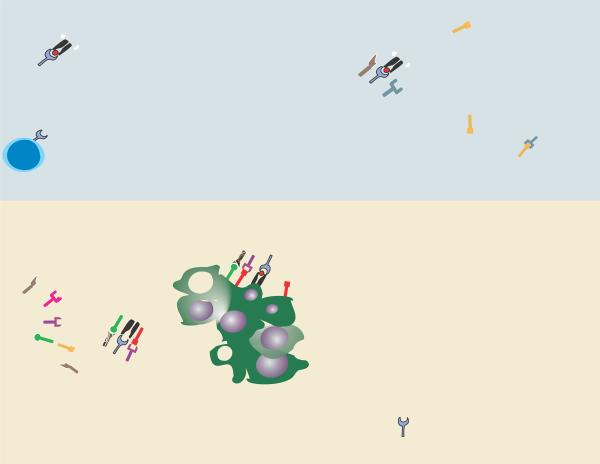Fig. 2. Schematic of coinhibitory pathways that can be active within tumor-draining lymph nodes and the tumor microenvironment.
Depicted are representations of the priming phase in secondary lymphoid organs, and the effector phase within the tumor microenvironment, along with key coinhibitory pathways that could dampen anti-tumor T-cell responses at each level. Several inhibitory signals, such as PD-L1/PD-1 interactions, can regulate both the effectiveness of tumor antigen cross-priming and the function of effector cells at tumor sites. Not all pathways are necessarily relevant for each subtype of cancer and do not necessarily coexist in all individual tumors. Specific receptor/ligand interactions are defined in the lower right section.

